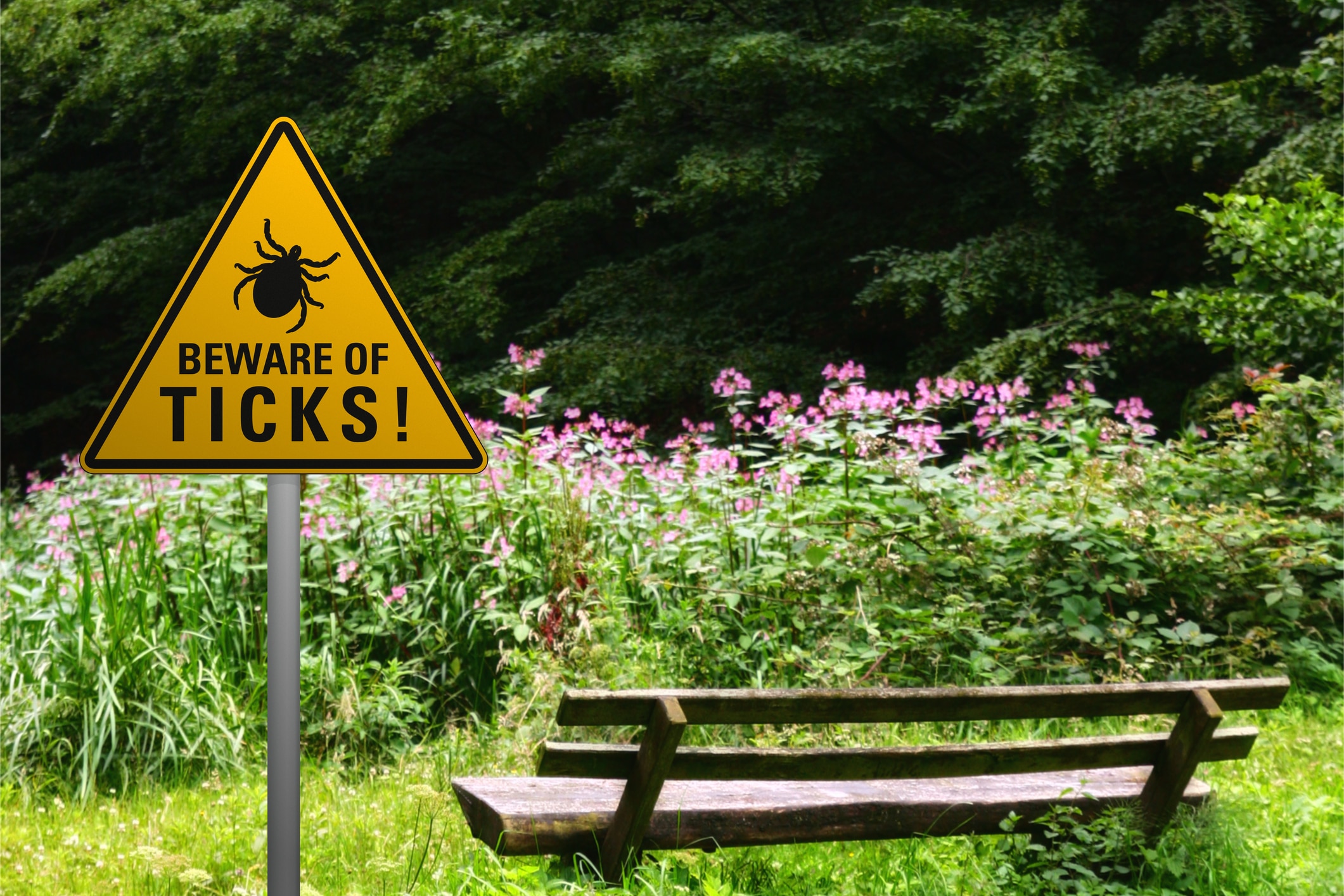
The outdoors are full of ticks that bite. But how do you know when you’ve been bitten with a tick infected with Lyme disease?
Lyme disease is a serious infection that looks and acts very differently than the typical discomfort of a tick bite. And it infects an estimated 300,000 people a year, according to the latest numbers from the Centers for Disease Control.
More half of those with diagnosed with Lyme disease have no recollection of a tick bite. So someone with symptoms consistent with Lyme disease still needs to be evaluated – even if they don’t remember getting a tick bite.
Lyme disease symptoms
A tick bite from an uninfected tick will manifest in a small red lump which generally fades in a few days. But if you have untreated Lyme disease, you can expect to have these symptoms within three to 30 days after the tick bite:
- Fever
- Chills
- Fatigue
- Muscle and Joint Aches
- For 70 to 80 percent of those infected, a raised red rash will expand over the bite site up to a 12 inch diameter. The rash will be hot to the touch but is not necessarily itchy. As it enlarges, it may seem as if it is clearing, but will take on more of a “bull’s eye” appearance.
- Swelling in the lymph nodes, especially if no rash is present
- An irregular rash, which may not appear on the bite site but on other parts of the body.
Lyme disease can become very serious if it goes untreated. If the infection persists, symptoms will worsen, and the following indications may be present:
- Severe headaches
- Neck Stiffness
- Additional rashes on other areas of the body
- Facial palsy, resulting in loss of muscle tone or droop on one or both sides of the face
- Arthritis with severe joint pain and swelling, particularly the knees and other large joints
- Intermittent pain in tendons, muscles, joints and bones
- Heart palpitations or an irregular heart beat (called Lyme carditis)
- Episodes of dizziness
- Shortness of breath
- Inflammation of the brain and spinal cord
- Nerve pain
- Shooting pains, numbness, or tingling in the hands or feet
Lyme disease treatment
While Lyme disease is serious, the good news is, it’s treatable. Generally doctors treat Lyme disease infections with antibiotics such as amoxycillin, doxycycline, or cefuroxime axetil. The amount of time you will be asked to take the antibiotics will vary based on the severity and length of the infection, and can be up to 21 days.
While Lyme disease is not prevalent in our area, if someone vacations in an area where it is endemic and find an attached deer tick, they should talk to their doctor to see if their case warrants a one-dose antibiotic as prevention.
Lyme disease prevention
The blacklegged ticks that cause Lyme disease thrive in warm, moist, wooded areas. In our area, the black-legged tick is more commonly known as a deer tick, and much smaller than a typical dog tick.
If you know you’re going to be outside for extended periods, use insect repellents containing DEET, picaridin, IR3535, oil of lemon eucalyptus, para-menthane-diol (PMD), or 2-undecanone. Wearing closed toe shoes with socks and pants will also decrease your chances of a tick bite.
So go on out there and enjoy the great outdoors. With a little common sense, Lyme disease won’t spoil your fun.









